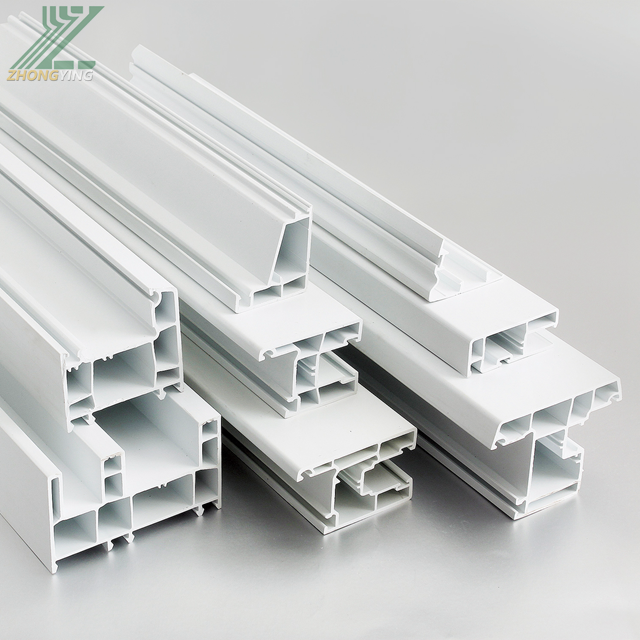🧱 What Is a uPVC Profile?
A uPVC profile is the core structural frame used to manufacture windows and doors. “uPVC” stands for unplasticized polyvinyl chloride, a rigid, stable, and weather-resistant material ideal for construction.
uPVC profiles are engineered to provide excellent insulation, long life, and aesthetic versatility. They are widely used in both residential and commercial buildings across the globe.
🔑 Key Benefits of uPVC Profiles
✅ Weather Resistance
uPVC profiles do not warp, rot, or corrode. They withstand UV radiation, rain, humidity, and temperature fluctuations.
✅ Energy Efficiency
Multi-chambered designs reduce heat loss. This enhances energy savings in both summer and winter.
✅ Low Maintenance
uPVC frames do not need painting, varnishing, or special cleaning. A simple wipe keeps them looking new.
✅ Long Service Life
Durable and strong, uPVC profiles last over 25–30 years without significant deterioration.
✅ Eco-Friendly
Modern uPVC profiles are lead-free and fully recyclable, making them an environmentally responsible choice.
🚪 Applications of uPVC Profiles
uPVC profiles are used in the production of:
- Casement windows
- Sliding windows and doors
- Tilt & turn windows
- Fixed windows
- Balcony and main entrance doors
- Partition frames
They can also be used in custom architectural glazing systems, green buildings, and high-efficiency housing projects.
🛠️ Types of uPVC Profiles
➤ Casement Profiles
For windows and doors that swing open inward or outward. Provide strong air-tight sealing.
➤ Sliding Profiles
Designed for horizontal sliding systems. Space-saving and modern in design.
➤ Reinforced Profiles
Include steel or aluminum inserts for additional structural strength—ideal for large frame constructions.
➤ Color-Laminated Profiles
Available in white, grey, black, and woodgrain. UV-resistant laminates offer a premium look with long-lasting finish.
🧰 OEM/ODM Customization Options
Many uPVC profile manufacturers offer full OEM and ODM support for international clients. Customization includes:
- Profile thickness (e.g., 60mm, 70mm, 80mm)
- Chamber design and wall thickness
- Color and surface treatment (foil wrapping, co-extrusion)
- Custom tooling and brand embossing
- Local market compliance (e.g., CE, ISO, RoHS)
🔍 How to Select the Right uPVC Profile?
- Consider climate: Go for multi-chambered profiles in extreme weather zones
- Check insulation ratings: Look for profiles with proven thermal and sound insulation
- Verify quality standards: Choose profiles certified by global standards
- Match aesthetics: Select colors and textures that match your building’s design
📌 Conclusion
A uPVC profile is a smart investment in any modern building project. It offers unmatched durability, design flexibility, and sustainability. Whether you’re a homeowner, contractor, or supplier, uPVC profiles provide the perfect solution for strong, beautiful, and energy-efficient window and door systems.
